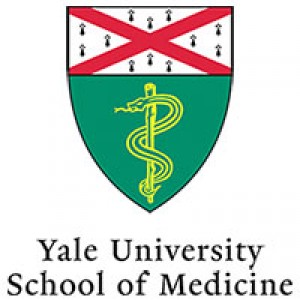 One in four patients who suffered ischemic strokes and were treated with a time-dependent clot-busting drug were also able to be quickly transferred to a certified stroke center. These conclusions come from research conducted at Yale School of Medicine and recently presented at the American Stroke Association‘s International Stroke Conference 2015.
One in four patients who suffered ischemic strokes and were treated with a time-dependent clot-busting drug were also able to be quickly transferred to a certified stroke center. These conclusions come from research conducted at Yale School of Medicine and recently presented at the American Stroke Association‘s International Stroke Conference 2015.
Clot-busting drugs, such as intravenous (IV) tissue-plasminogen activator (tPA), works by restoring blood flow in the brain and increases patient recovery when administrated three hours after the beginning of a stroke. However, drugs such as these have only been approved by the FDA to treat acute ischemic stroke and utilization is still low.
The team’s conclusions, which will soon be published in the journal Stroke, revealed the effectiveness of administrating a time-dependent clot-busting drug during recovery by analyzing the transition from an emergency department or smaller community hospital to a certified stroke center.
“One in four is a very good number, and while we don’t know the best target, there may be room for improvement,” said the lead author of the study, Kevin N. Sheth, M.D., who is the chief of neurocritical care and emergency neurology division at Yale School of Medicine in New Haven, CT. “We have to understand geographic and community variation in usage of inter-hospital transfer of tPA patients, and why some communities may use it more than other communities. Ultimately, the goal is to have any patient that presents to their initial hospital anywhere in the country be able to receive tPA.”
The scientists reviewed data on 44,667 ischemic stroke patients, with an average age of 72 years old who were administrated with tPA less than three hours after a stroke at 1,440 different hospitals between 2003 and 2010. The research demonstrated that 25% of patients who were transferred to certified stroke centers were younger, commonly male, and of white ethnicity.
In addition, transferred patients were more likely to arrive during off-hours (week days from 7 am to 5 pm). Hospitals who received transferred patients had larger infrastructures with more beds and were typically located in the Midwest. In addition, academic medical centers and facilities with certification as a designated stroke center were also among those that received more transferred stroke patients.
The research revealed that intracranial haemorrhage, i.e., bleeding within the skull, was more common among stroke patients transferred, which was considered surprising and a finding worthy of further examination. “We don’t know the initial stroke severity for these patients and it’s unclear why some patients were chosen to be transferred to a stroke center and others were not, though it’s possible the sicker patients were the ones who were transferred to another facility,” commented Dr. Sheth.
Dr. Sheth also noted that the reasons for regional differences in transferences need to be examined in order to increase treatment effectiveness. However, the team believes these results demonstrate the crucial role of medication administrated prior to transference, as well as the importance of treatment timing.


